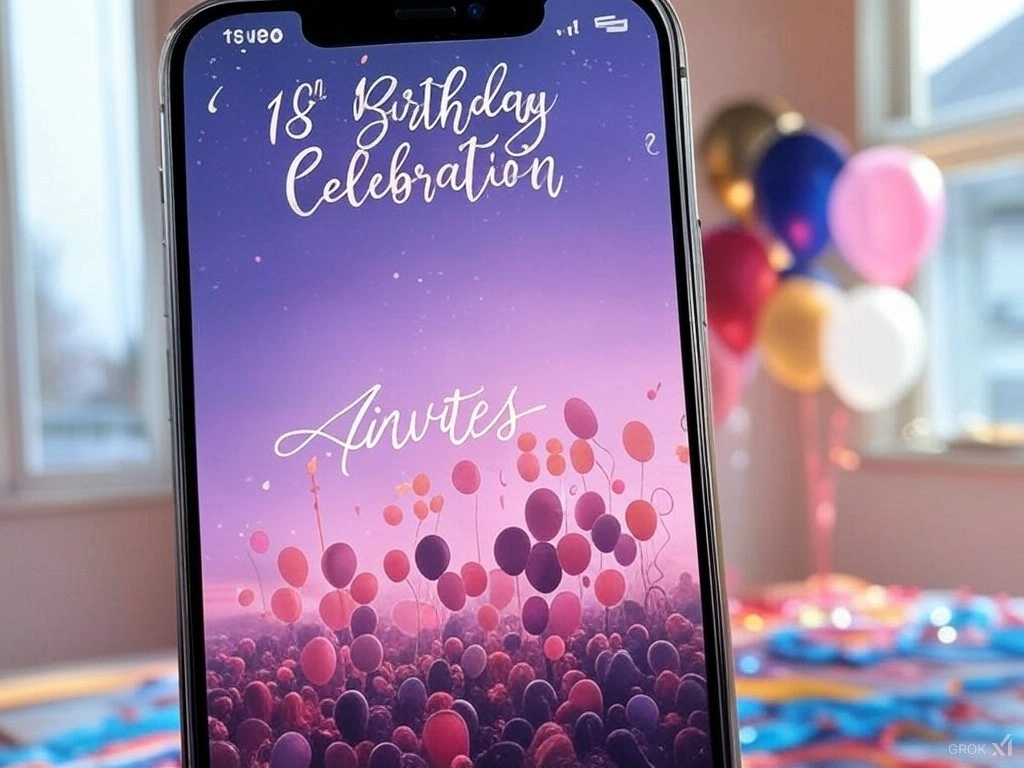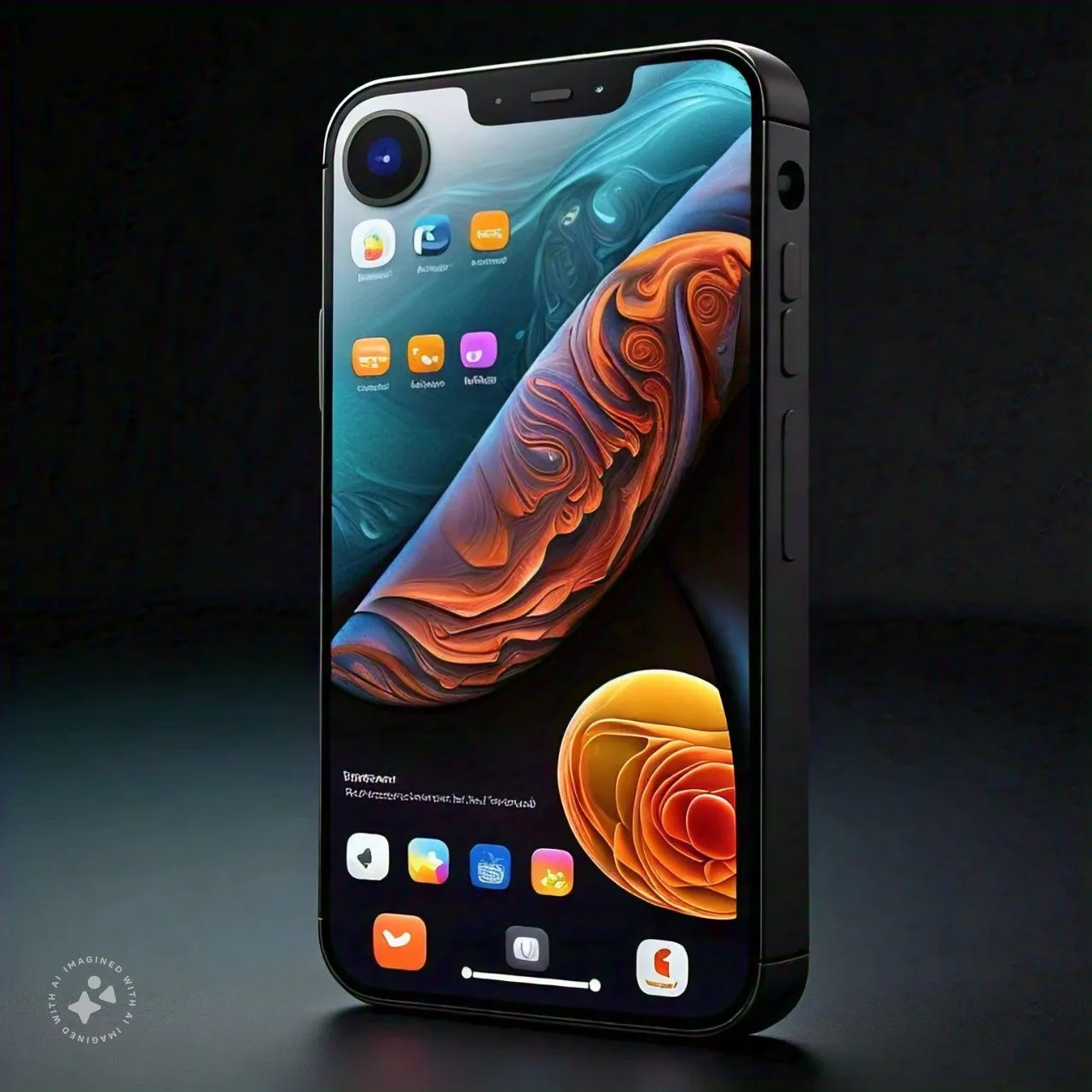
How to Spot Deepfakes: 5 Simple Tips for Social Media Users
Social media platforms are working hard to label AI-made fakes, but users also need tools to protect themselves. Deepfakes can trick even careful people, but by learning a few easy tricks, you can spot many fakes. Here’s how:
1. Look for Strange Face or Body Movements
What to check:
- Mismatched lips and words: If someone’s mouth doesn’t match their speech, it might be fake.
- Blurry edges: Deepfakes often have fuzzy lines around faces or bodies.
- Unnatural expressions: Robotic smiles or frozen eyes are red flags.
Example:
A video of a celebrity “talking” might show their head moving stiffly, like a puppet.
2. Listen for Robotic or Odd Voices
What to check:
- Flat tones: AI voices often sound emotionless or too perfect.
- Strange pauses: Unnatural gaps between words.
- Background noise mismatch: If the voice doesn’t match the room’s acoustics (e.g., echoing in a small room but voice sounds studio-recorded).
Tip: Compare the voice to real clips of the person (search YouTube or news sites).
3. Check Lighting and Shadows
What to check:
- Inconsistent shadows: Does the person’s shadow fall left while the room’s light is on the right?
- Glowing skin: Deepfakes might make skin look unnaturally smooth or shiny.
Example:
A fake video of someone outdoors might have shadows that don’t match the sun’s position.
4. Verify the Source
What to do:
- Ask: “Who posted this?” Check if the account is verified (e.g., blue tick) or has a history of reliable posts.
- Cross-check with trusted sites: If a news clip seems fishy, search Google or BBC/Reuters to see if real outlets reported it.
Remember: Fake accounts often use stolen profile pictures or odd usernames (e.g., “Official_News24_”).
5. Use Free Detection Tools
Tools to try:
- Google’s “About This Image”: Upload a photo to see if it’s been altered.
- Intel’s FakeCatcher: Analyzes videos for blood flow patterns (real faces have tiny color changes from blood flow).
- InVID Chrome Extension: Breaks down videos to check edits.
Note: No tool is perfect, but they help spot obvious fakes.
What to Do If You Find a Deepfake
- Don’t share it—even as a joke. Sharing spreads lies.
- Report it using the platform’s “Report” button (learn how platforms handle reports).
- Warn others politely. Say, “This might be fake—let’s check together!”
Why This Matters
While platforms like Facebook and TikTok use labels and AI tools to fight fakes, users play a big role too. Also, governments enforce stricter rules to hold them accountable.
By using these tips and staying alert, you can:
- Protect yourself from scams.
- Stop misinformation from spreading.
- Help make social media safer for everyone.
Stay curious, not suspicious! 🔍








